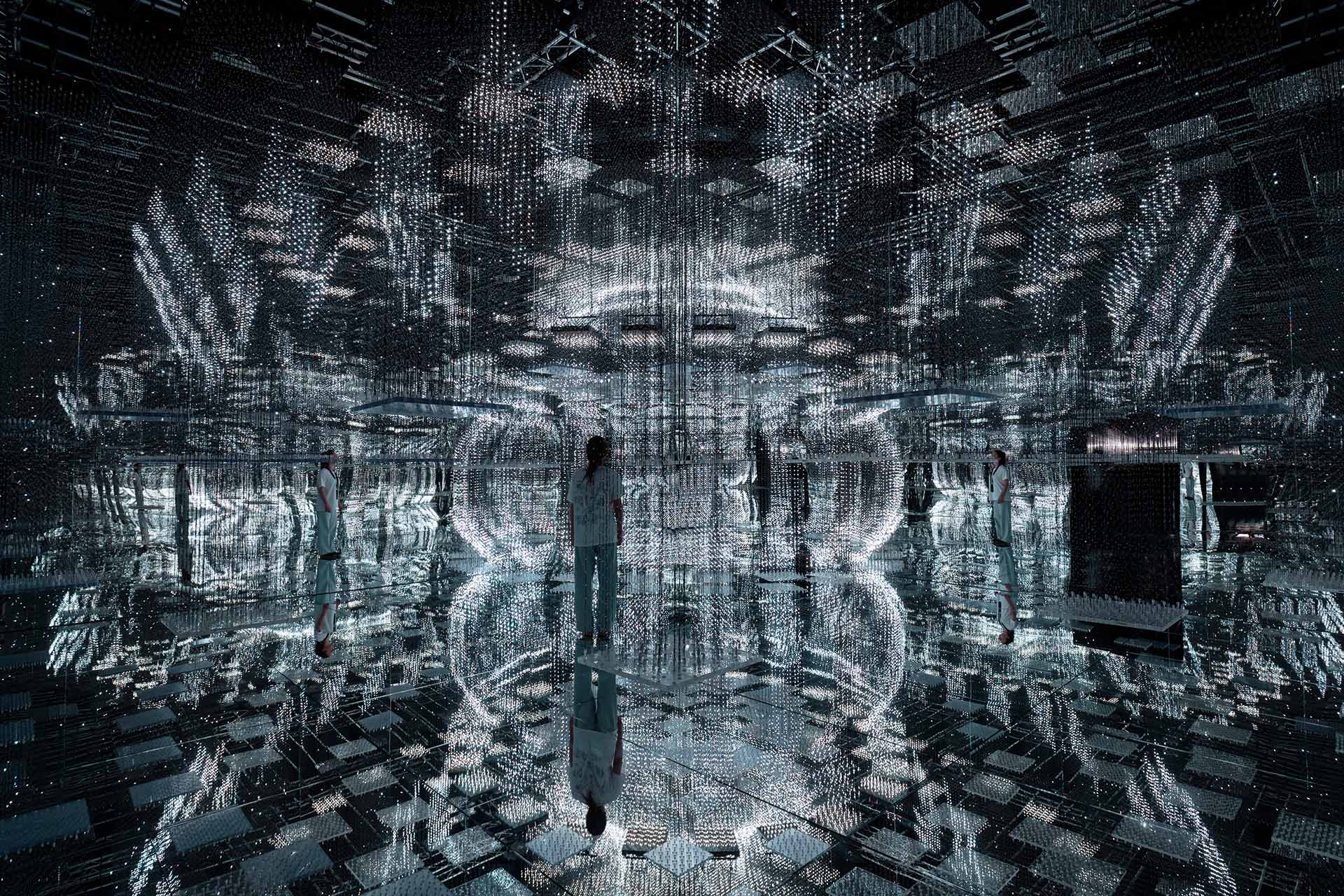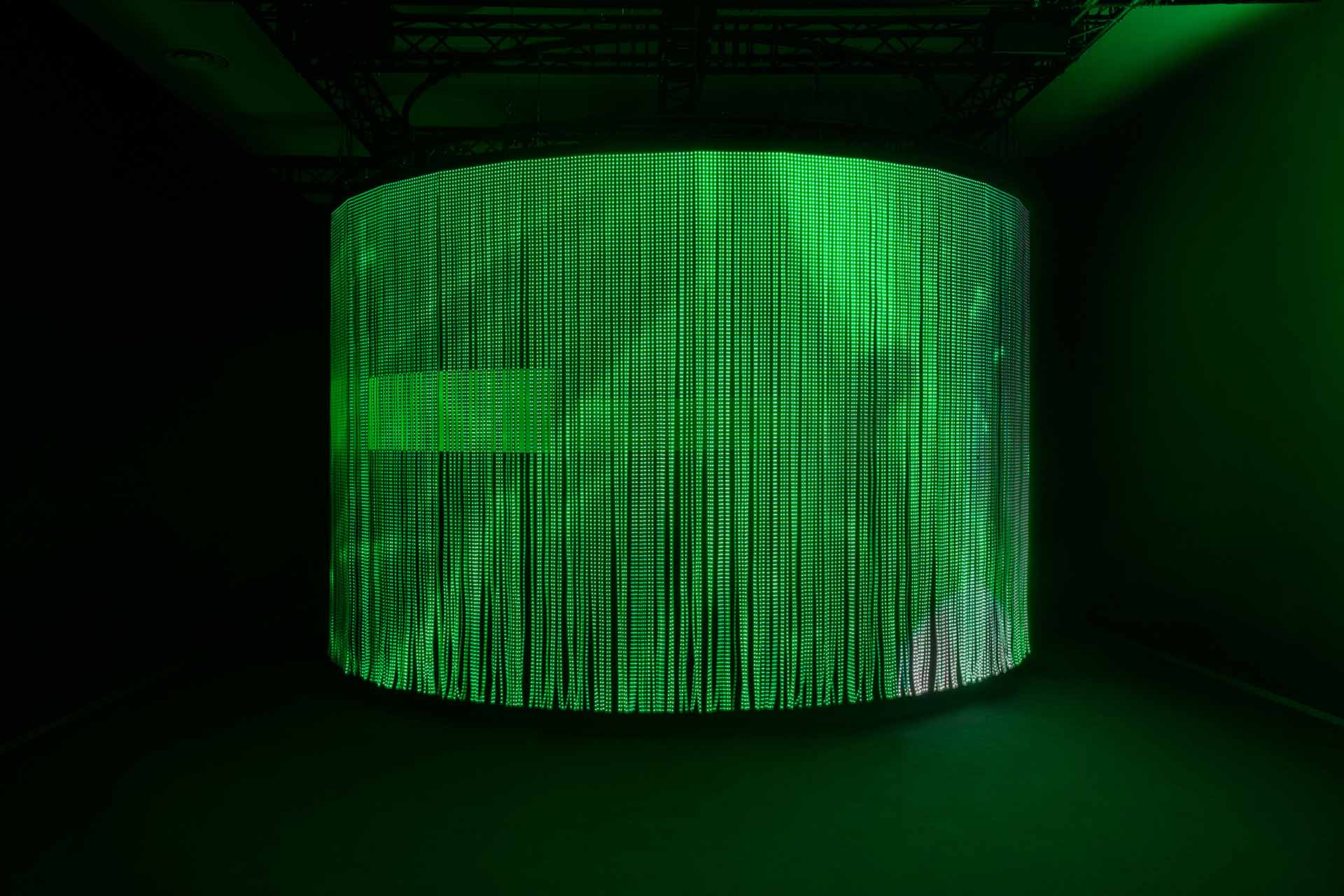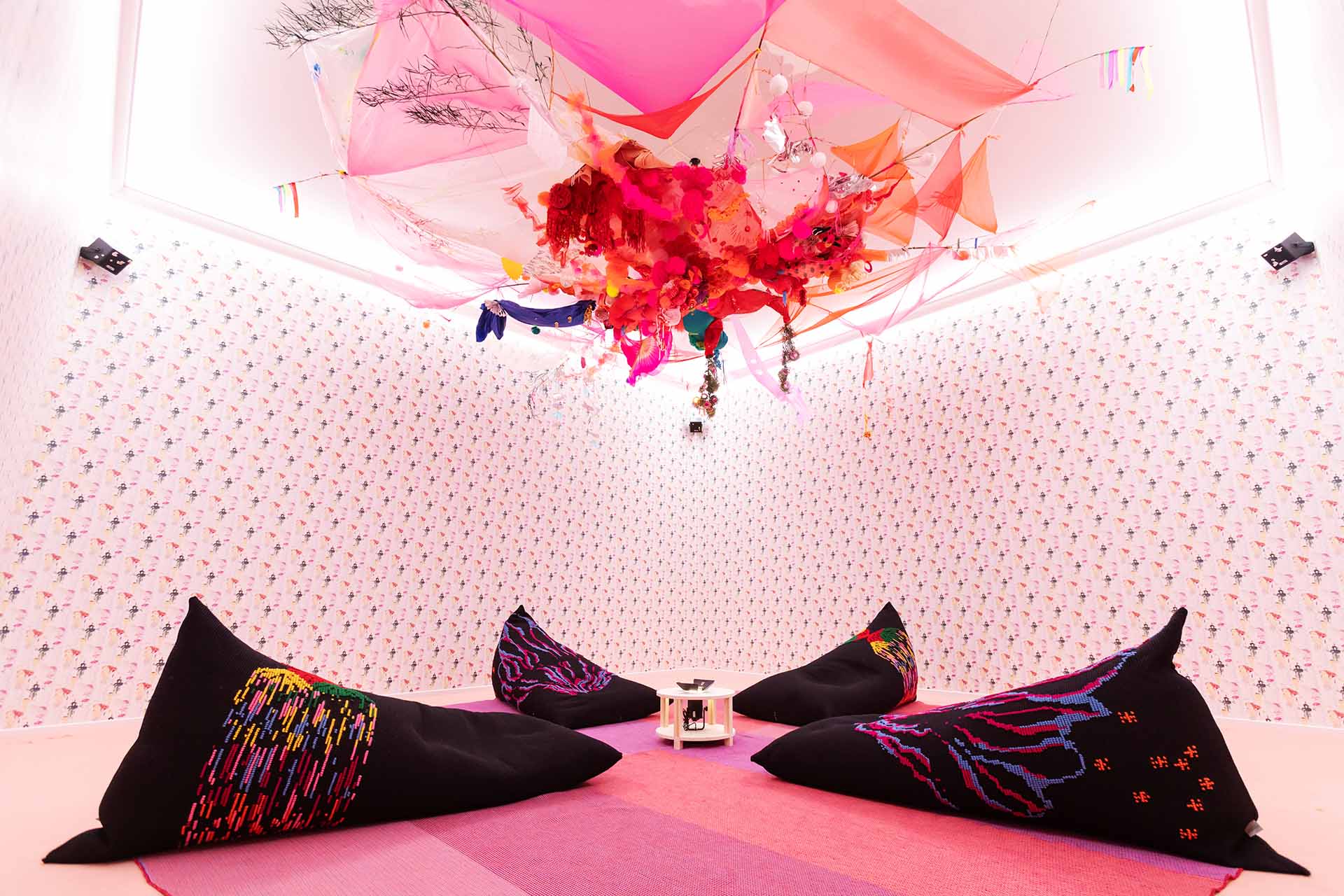BEYOND PROCESS:WHEN CAR DESIGN ENTERS THE ARTS

Esquire Australia, April 2024 (link)
How we talk about car design is changing. At Milan Design Week, Kia proved it intends to lead the conversation.
There's a scene in Mad Men where Don Draper, upon meeting with a prospective client facing public scrutiny, offers, "If you don't like what's being said, change the conversation." The line, often parroted by advertising execs worldwide is both a testament to the show's brilliant writing and a reference to the continued impact the mid-century era of advertising had on the world. No doubt, it's an increasingly relevant statement today, when our digital feeds are saturated by ads and branded marketing jostling to be heard. You see, whether we like it or not, advertising's lasting impact has completely guided how culture relates to and interacts with certain products, from food to cigarettes, alcohol and even diamonds.
In the case of the car, advertising has done such a good job at creating myth that, despite most of us interacting with them in one way or another daily, the car as a concept still exists on an island. Consider how easily architecture, art and fashion intertwine, and how easily one can enter a conversation about the design of a building, even if they aren't an architecture enthusiast. Then, consider those same conversations around car design, and how often they're laced with a weird sense of intimidation—"I'm not a car person," is usually how it goes. For one, that's because the car is the second biggest investment a person will make in their lifetime, so there's a certain pressure to be informed. But beyond that, it's a consumer product that was built by an industry that in the past, used intimidation, ego validation and even a sense of othering (particularly when it comes to gender), as a sales tactic. A by-product of this, annoyingly, is that often when we talk about car design—especially in the mass market segment—the artistic process behind creation gets lost.
 ‘WhereareWEarewhere’ by Sissel Tolaas. Image courtesy of Kia
‘WhereareWEarewhere’ by Sissel Tolaas. Image courtesy of KiaWith climate solutions, engineering leaps, material innovation and technology-led changes in human behaviour, the car is undergoing a rethink—it no longer has to reflect or be dictated by what came before. In fact, our increasingly high expectations and hunger for newness as consumers prove it can't. What this shift can do is bring car design to the forefront and introduce a more accessible and artistic approach to how we collectively talk about cars. For some brands, trapped by their own historic DNA and traditional ways of talking about themselves, the old narrative can be a hard one to escape. But for others, like the many new brands on the market or those entering a completely fresh, technological future (with a newly curious customer in tow), the tune is changing.
Nowhere was the above more evident than at this year's Milan Design Week, which hosts hundreds of showcases from the world's most formidable interior, fashion, industrial design brands and now even tech giants. While it's no stranger to car makers showing off their latest vehicles, this year saw several brands attempt to showcase their design ethos—the difference among the exhibits, is that Kia didn't even mention a car, let alone show up with one. Instead, the South Korean brand tapped a series of emerging artists, sound designers, intellectuals and musicians to help talk about the creativity that goes into a product made to live with, resulting in an immersive digital installation, live music and talks program that—similar to how fashion plays in the art space—didn't dare drift towards industry-centric 'car speak'.
 Karim Habib, senior vice president and head of Kia Design Centre
Karim Habib, senior vice president and head of Kia Design Centre"When I started, in a very traditional industrial sense, design was about aesthetically packaging a technical object," says Karim Habib, senior vice president and head of Kia Design Centre "Now, it's about storytelling or relating to a certain experience by talking about it. That's what design is moving towards, it's a central platform for all the different aspects of experience with a product." Habib's intention behind elevating car design to the same place as art, fashion and furniture, is to introduce an awareness of the cultural attributes that relate to the car, how we interact with it and how it should make us feel.
"The first part of that is this idea of being on the vanguard of culture," says Habib. "Being a design organisation within a big corporation, it's not necessarily our day-to-day, but still, we feel that's something we have to explore, research, discover, and translate these movements into something that then can be integrated into our designs and our product." This artistic philosophy exists behind the doors of most car brands, but very rarely do opportunities come up to educate the everyday person on what goes into making the machines of the future. "Being on the vanguard of culture and re-mixing emerging trends has, or should have, the purpose of making our customers feel like they are part of something uplifting and vibrant; something new or something transforming." Exhibit A: the notable hype and mass curiosity behind Kia's latest electric vehicles, as seen all over the media, at the Australian Open and The FIFA Women's World Cup last year.
This is Kia's second showing at Milan Design Week. Last year, the exhibition was centred around Kia's 'Opposites United' design philosophy, an ethos rooted in contrast, South Korean remix culture and designing cars for the messiness of life. This year, it shifted gears and opened the idea up to a number of young creatives to explore. Not a surprising move, in South Korea, Kia and parent company Hyundai are well-known patrons of the arts—Hyundai even has its own gallery in Seoul. The exhibition explored ideas like scent and memory and the omnipresence of images we can no longer see (Sissel Tolaas), how imagination and ambition push us to always look beyond what we see in front of us (Kia Design), how community and storytelling helps shape our identity and our movements (Anna Gallarossa) and the neural networks within our brains that allow us to dream infinite possibilities (LedPulse, Percussionists of Teatro La Scala).
 ‘The Spirit of Disco’ by Anna Galtarossa at Milan Design Week. Image courtesy of Kia
‘The Spirit of Disco’ by Anna Galtarossa at Milan Design Week. Image courtesy of Kia
Esoteric perhaps in an automotive context, but familiar within an art environment. However, the message aims to encourage how these concepts might apply to the future of car design and how we relate to it as a space—particularly when it comes to the future of highly connected, electric vehicles which are increasingly becoming our third personal space. "In an era where the automobile industry is transforming, technology is changing and the meaning of what a car is changing, we want people to feel the courage to go to those new cars, these new typologies and new technologies, And we believe that design can help them," says Habib.
When it comes to advertising and changing the conversation, there is an irony here at play. There's been a growing complaint on the streets of Milan Design Week that it has become increasingly commercial—and these large-scale presentations do cost millions to put on. But even as an artistic statement made among the biggest names in design, Kia's exhibit wasn't intended to be a car brand exercise, per se, but a creative statement led by the company's design arm itself. Of course, it had the full support of the company behind it for all the reasons mentioned earlier and because within South Korean culture, design, bold ideas and facing forward are celebrated. "Here, [in Milan] it is Kia design that is doing this," says Habib. "It's not Kia brand marketing, of course, it's all connected. But we're the ones who set out to do this [exhibition] and we are organising it… And because it is design, it's about process." No doubt Habib must be the envy of many car designers out there right now because he clearly has a green light to make waves of change. "Process is something that we usually don't talk about in car design. Usually, we're talking about clay models and the fabrication side. But the creative side of things, the idea creation side of things, you hear about that in art, in architecture and maybe in furniture. And, and I just don't see why we can't talk about that in the same way in car design."